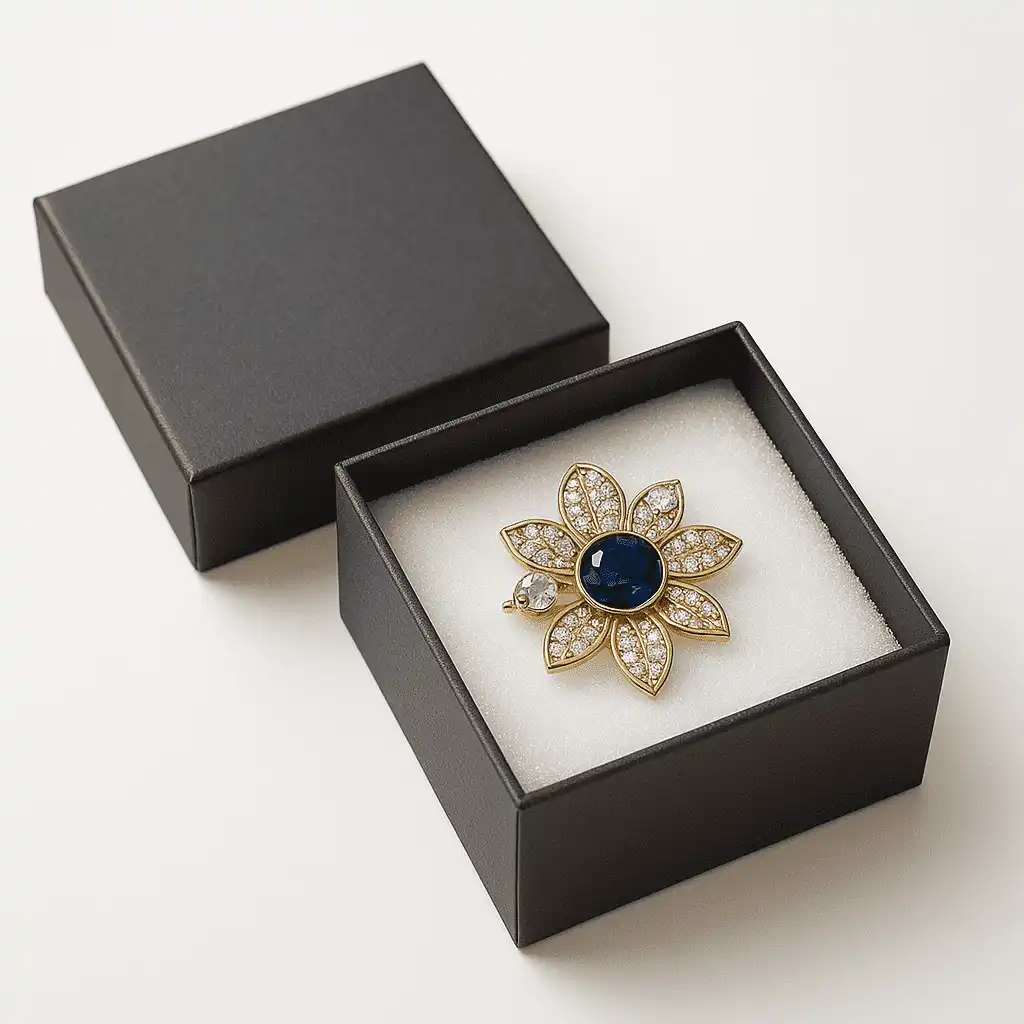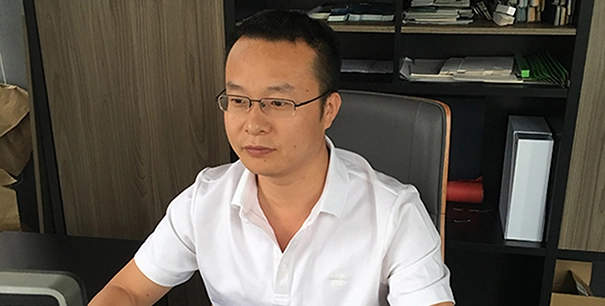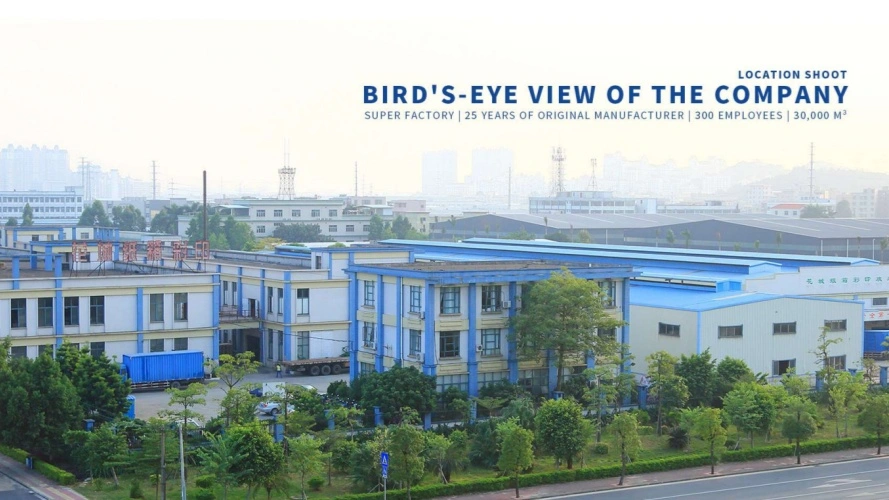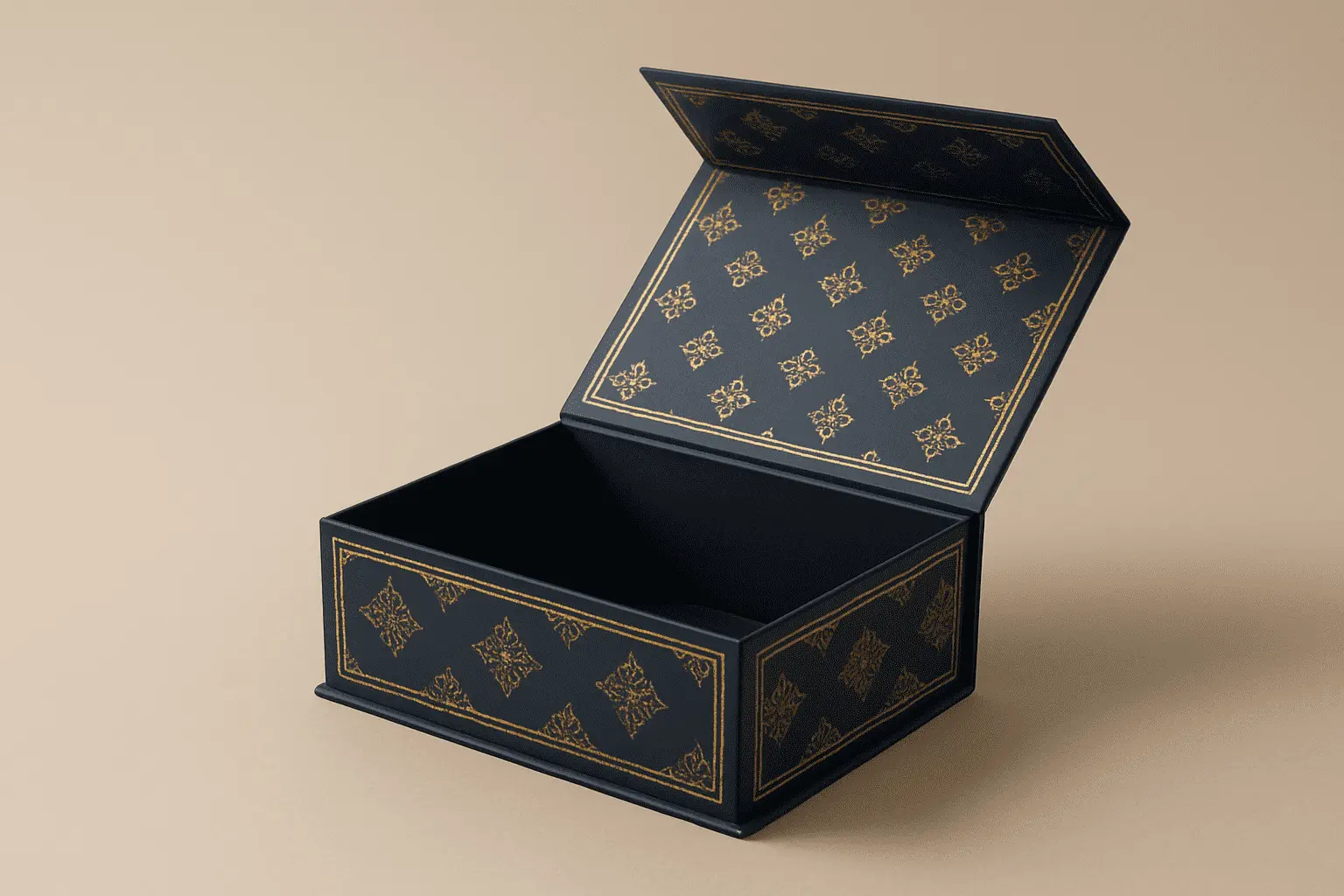How To Craft Luxurious Perfume Boxes?
Creating exceptional perfume packaging requires a delicate balance of artistry, engineering, and brand storytelling. The fragrance industry thrives on sensory experiences, and the packaging serves as the first touchpoint between consumers and the precious liquid within. Cardboard gift boxes have evolved beyond mere containers to become powerful marketing tools that communicate brand values, protect delicate products, and create memorable unboxing experiences. These sophisticated packaging solutions combine premium materials, innovative structural design, and meticulous craftsmanship to elevate the perceived value of fragrances while ensuring optimal product protection during storage and transportation.

Essential Design Elements for Premium Perfume Packaging
Material Selection and Quality Standards
The foundation of exceptional cardboard gift boxes begins with selecting premium materials that reflect the sophistication of the fragrance industry. High-grade paperboard, typically ranging from 1200-1800 GSM thickness, provides the structural integrity necessary for protecting delicate glass bottles while maintaining an elegant aesthetic. The choice of materials directly impacts both the tactile experience and visual appeal, with options including art paper, specialty textured papers, and eco-friendly FSC certified materials that align with modern sustainability requirements. Professional packaging manufacturers utilize color corrugated box construction techniques that offer superior strength compared to standard cardboard alternatives, ensuring that cardboard gift boxes maintain their pristine appearance throughout the supply chain and retail display periods. Surface treatment options play a crucial role in distinguishing premium packaging from mass-market alternatives. Cold and hot foil stamping techniques create metallic accents that catch light and draw attention, while UV coating applications provide both protective benefits and enhanced visual depth. Frosted touch finishes offer a sophisticated tactile experience that communicates quality through sensory engagement, and embossing techniques add dimensional elements that reinforce brand identity and create memorable interactions. These surface processes work synergistically to enhance the overall packaging visual effect, transforming functional containers into artistic expressions that worthy of the precious fragrances they protect.
Structural Engineering and Functionality
Modern cardboard gift boxes require sophisticated structural engineering to balance aesthetic appeal with practical functionality. The internal architecture must accommodate various bottle shapes and sizes while providing secure positioning that prevents movement during shipping and handling. Precision-cut foam inserts, molded pulp trays, or custom-formed plastic components create protective cradles that maintain bottle stability while facilitating smooth removal during unboxing experiences. The structural design must also consider accessibility features that allow consumers to easily extract products without compromising the packaging integrity or creating frustration during the purchasing process. Advanced die-cutting techniques enable the creation of complex geometric shapes and intricate opening mechanisms that add theatrical elements to product reveals. Magnetic closure systems provide smooth operation while maintaining secure sealing, and ribbon pull-tabs offer intuitive opening methods that enhance user experience. The engineering process must account for material expansion and contraction due to temperature variations, ensuring that cardboard gift boxes maintain proper fit and finish across diverse climate conditions. Professional packaging development teams utilize computer-aided design software and rapid prototyping technologies to test structural concepts before committing to full production runs, minimizing costly revisions and ensuring optimal performance.
Brand Integration and Visual Identity
Successful cardboard gift boxes serve as three-dimensional brand ambassadors that communicate company values and product positioning through every design element. Color psychology plays a fundamental role in consumer perception, with sophisticated color palettes that evoke emotions associated with specific fragrance families or target demographics. Typography selection must balance legibility with artistic expression, often incorporating custom letterforms or modified existing fonts that reinforce brand personality while maintaining professional appearance standards. The integration of brand logos, symbols, and graphic elements requires careful consideration of scale, placement, and visual hierarchy to create cohesive designs that strengthen brand recognition and recall. Artwork design services encompass both aesthetic and technical considerations, ensuring that creative concepts translate effectively to physical packaging production. Professional designers must understand printing limitations, color management requirements, and material characteristics that influence final appearance. G7 color management certification ensures consistent color reproduction across different production runs and printing equipment, maintaining brand integrity throughout the manufacturing process. The design process often involves multiple iterations and stakeholder approvals, requiring efficient project management and clear communication protocols to meet launch deadlines while achieving creative objectives.
Advanced Manufacturing Techniques and Quality Control
Precision Production Equipment and Technology
State-of-the-art manufacturing facilities employ sophisticated equipment designed specifically for producing cardboard gift boxes with exceptional precision and consistency. KBA106-(9+1) UV printing machines provide superior print quality with enhanced color saturation and sharp detail reproduction, while Heidelberg XL162-6L printing systems offer reliability and efficiency for large-volume production runs. These advanced printing platforms support multiple ink systems, specialty coatings, and inline finishing processes that streamline production workflows while maintaining strict quality standards. The integration of UV curing technology enables immediate handling of printed materials, reducing production cycle times and improving operational efficiency. Automated quality inspection systems utilize high-resolution cameras and computer vision technology to detect defects, color variations, or structural inconsistencies that could compromise product quality. These systems can identify issues that might escape human inspection, including subtle color shifts, registration problems, or surface imperfections that could affect customer satisfaction. The manufacturing process incorporates multiple quality checkpoints, from incoming material inspection through final packaging verification, ensuring that every cardboard gift box meets established specifications before shipment to customers.
Environmental Responsibility and Sustainability
Modern packaging manufacturing emphasizes environmental stewardship through sustainable material sourcing, waste reduction initiatives, and energy-efficient production processes. FSC certification ensures that paper materials originate from responsibly managed forests, supporting global conservation efforts while meeting consumer expectations for environmental responsibility. The manufacturing process incorporates waste minimization strategies that reduce material consumption, optimize production yields, and implement recycling programs for production waste streams. ISO14001-2015 Environmental Management System certification demonstrates commitment to continuous environmental improvement through systematic monitoring, measurement, and reduction of environmental impacts. Energy-efficient equipment, water conservation measures, and emission control systems contribute to reduced environmental footprint while maintaining production capacity and quality standards. The development of biodegradable and recyclable packaging options provides customers with environmentally conscious alternatives that align with corporate sustainability goals and consumer preferences for eco-friendly cardboard gift boxes.
Quality Assurance and Testing Protocols
Comprehensive quality management systems ensure consistent product quality through standardized testing procedures, statistical process control, and continuous improvement methodologies. ISO9001-2015 Quality Management System certification provides framework for systematic quality assurance that encompasses all aspects of production, from material qualification through final product inspection. Testing protocols evaluate structural integrity, print quality, color accuracy, and dimensional consistency to ensure that finished products meet or exceed customer expectations. Drop testing, compression testing, and environmental conditioning simulate real-world shipping and storage conditions to validate packaging performance under stress. These evaluations help identify potential failure modes and guide design improvements that enhance product protection and reduce damage claims. Customer feedback integration provides valuable insights for product development and quality improvement initiatives, creating continuous feedback loops that drive innovation and customer satisfaction improvements.
Customization Options and Market Applications
Personalization Capabilities and Design Flexibility
Advanced customization capabilities enable brands to create distinctive cardboard gift boxes that differentiate their products in competitive markets. Digital printing technologies support variable data printing, allowing for personalized messages, limited edition numbering, or region-specific content without significant setup costs or minimum order requirements. The minimum order quantity of 1000 pieces makes customization accessible for boutique brands and limited edition releases, while scalable production capabilities accommodate larger volume requirements efficiently. Design flexibility encompasses structural modifications, material selections, finishing options, and accessory integration that create unique packaging solutions tailored to specific brand requirements. Free 3D mock-up services enable visualization of proposed designs before production commitment, reducing development risks and ensuring alignment with creative objectives. Monthly design releases provide ongoing inspiration and trend insights that help brands stay current with evolving market preferences and consumer expectations.
Industry Applications and Market Segments
The versatility of cardboard gift boxes extends beyond traditional fragrance applications to encompass various premium product categories including cosmetics, personal care items, and specialty gift products. Each market segment presents unique requirements for protection, presentation, and brand communication that influence design decisions and material selections. Food industry applications require compliance with safety regulations and material certifications, while electronics packaging demands static protection and precise dimensional tolerances. Professional packaging consultation services help clients navigate industry-specific requirements and optimize packaging solutions for their target markets. Experienced packaging engineers provide expertise in regulatory compliance, supply chain optimization, and cost management that ensures successful product launches and sustainable business growth. The comprehensive approach to packaging development considers all aspects of product lifecycle management, from initial concept through end-of-life disposal or recycling.
Global Supply Chain and Logistics Considerations
International distribution requirements influence packaging design decisions, material selections, and structural specifications to ensure product integrity across diverse shipping conditions and regulatory environments. Standardized shipping dimensions optimize freight costs and warehouse efficiency, while stackable designs maximize storage density and reduce handling complexity. The 15-20 day delivery timeline provides flexibility for production planning while meeting typical market launch schedules and inventory replenishment requirements. Quality documentation and certification requirements vary by destination market, requiring comprehensive record-keeping and traceability systems that support customs clearance, regulatory compliance, and quality audits. Professional logistics coordination ensures timely delivery while minimizing transportation costs and environmental impact through optimized shipping consolidation and route planning strategies.
Conclusion
Crafting Cardboard gift boxes requires a sophisticated understanding of materials science, structural engineering, brand psychology, and manufacturing excellence. The integration of premium materials, advanced production techniques, and thoughtful design creates packaging solutions that elevate brand perception while providing exceptional product protection. Success in this specialized field demands continuous innovation, environmental responsibility, and unwavering commitment to quality standards that exceed customer expectations and support long-term brand success.
Partner with industry leaders who understand the complexities of luxury packaging development and possess the expertise, equipment, and commitment necessary to bring your vision to reality. With over 20 years of experience, our team of 300+ skilled professionals operates from a state-of-the-art 35,000 m² facility, serving more than 1,000 loyal customers worldwide. Our comprehensive capabilities, advanced equipment, and certified quality systems ensure exceptional results for every project. Contact us today at public@fetchingprinting.com to discover how our innovative packaging solutions can enhance your brand presence and create memorable customer experiences that drive business success.
References
1. Chen, L., & Martinez, R. (2023). "Sustainable Packaging Materials in Luxury Cosmetics: Environmental Impact and Consumer Perception." Journal of Packaging Technology and Research, 15(3), 245-262.
2. Thompson, A., Wilson, K., & Patel, S. (2022). "Structural Design Principles for High-End Fragrance Packaging: Engineering Aesthetics and Functionality." International Packaging Design Quarterly, 8(4), 112-128.
3. Roberts, M., & Zhang, H. (2023). "Brand Communication Through Premium Packaging: A Study of Consumer Response to Luxury Perfume Containers." Marketing Science Review, 29(2), 78-95.
4. Anderson, J., Kumar, V., & Brown, D. (2022). "Advanced Manufacturing Techniques in Luxury Packaging Production: Quality Control and Process Optimization." Industrial Packaging Technology, 18(7), 334-351.

Based on your location and order quantity, you will have the opportunity to receive a limited time free shipping promotion!

Corporate Purpose
